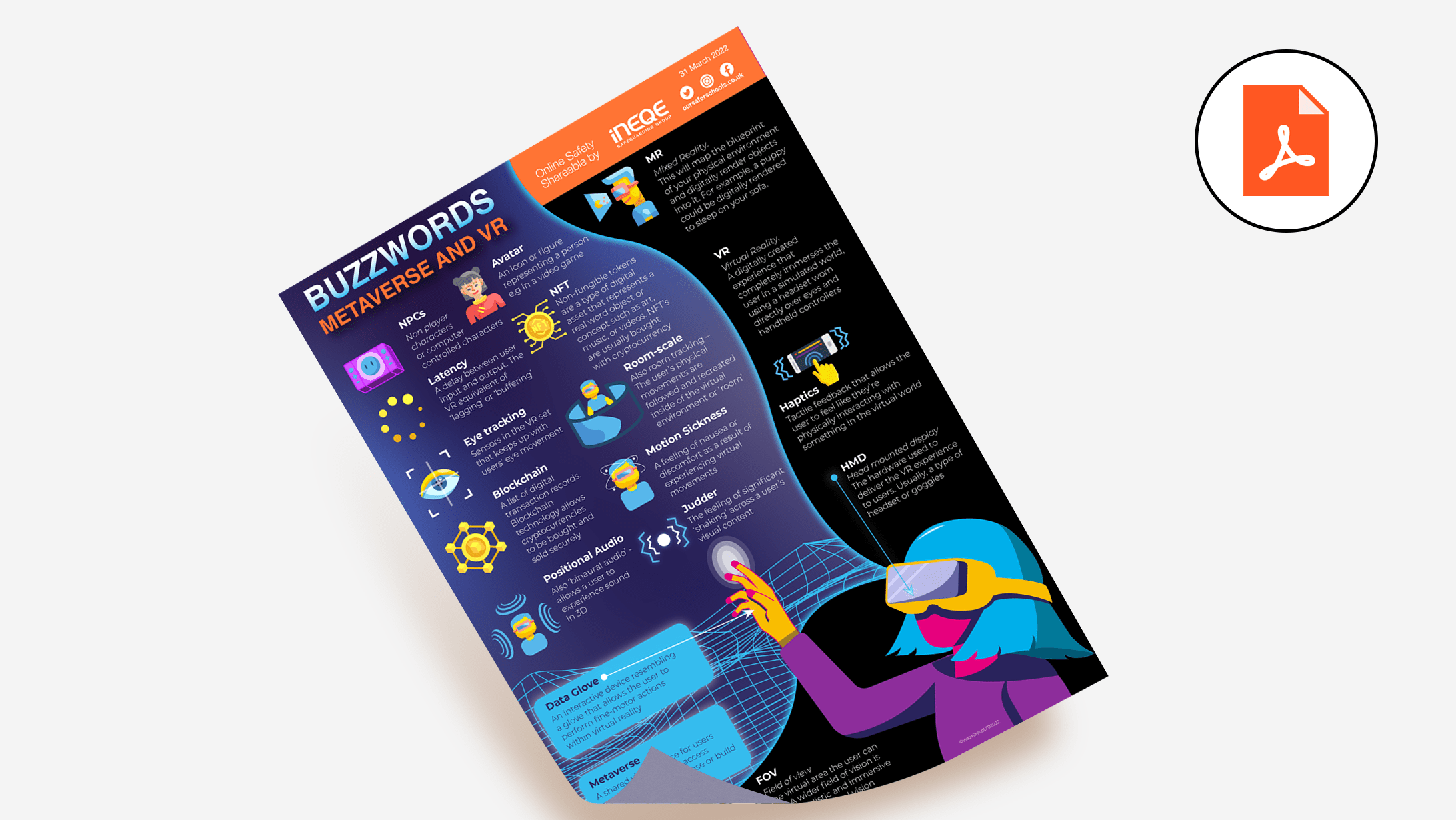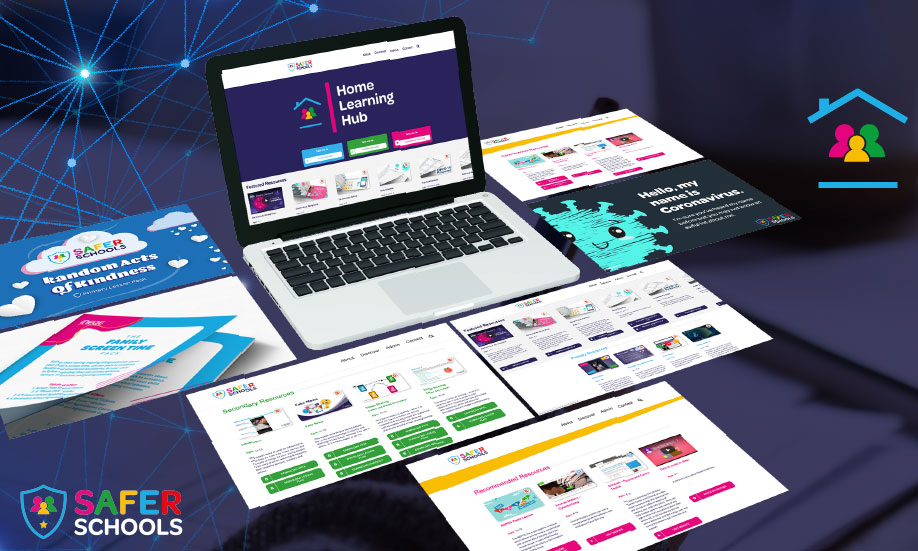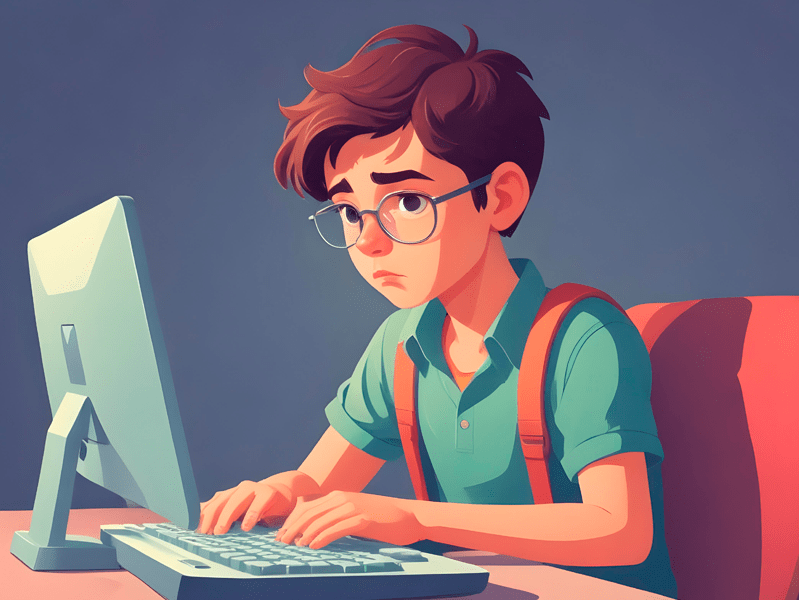Last Updated on 5th April 2024
Over the last two years, there has been a surge in UK households using virtual reality. While it may seem like science fiction, virtual reality (VR) is becoming more popular every day, especially with children and young people.
Quick Stats
We know new technology can be overwhelming for some – especially if you’re the type of tech user who is still getting used to your latest phone update! But whether you’re a total ‘techie’ or take your time adjusting, our online safety experts have created this overview to help you understand what VR is, how it can be used, and the risks that might be associated with it.
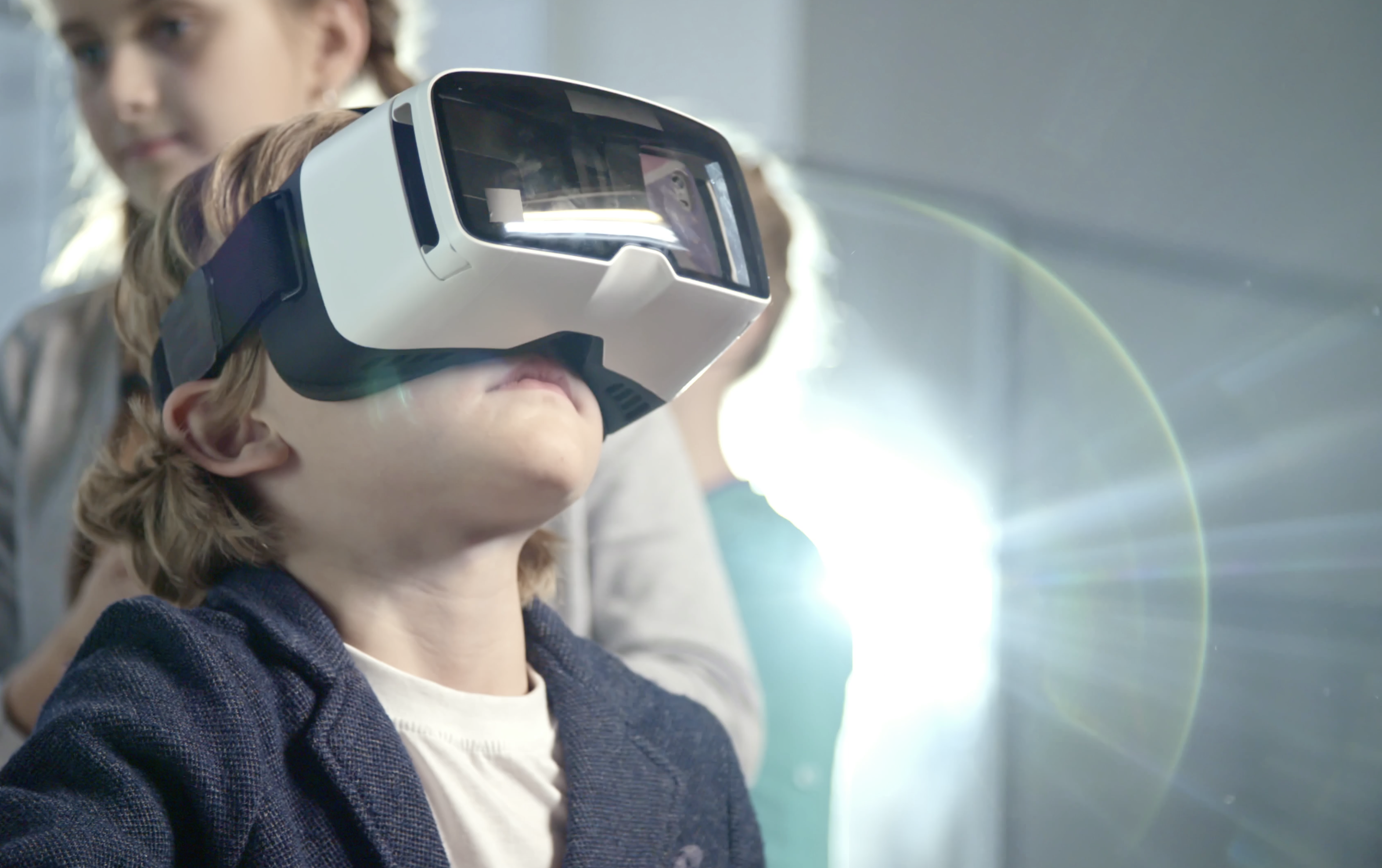
What is VR?
Virtual reality is a digitally created experience that completely immerses the user in a simulated world. For example, you could be climbing Mount Everest or duelling Darth Vader, all from your front room. VR is typically facilitated by handheld controllers and a headset worn directly over the eyes. In larger group settings, VR can involve gigantic screens and loudspeakers to immerse and engage the audience.
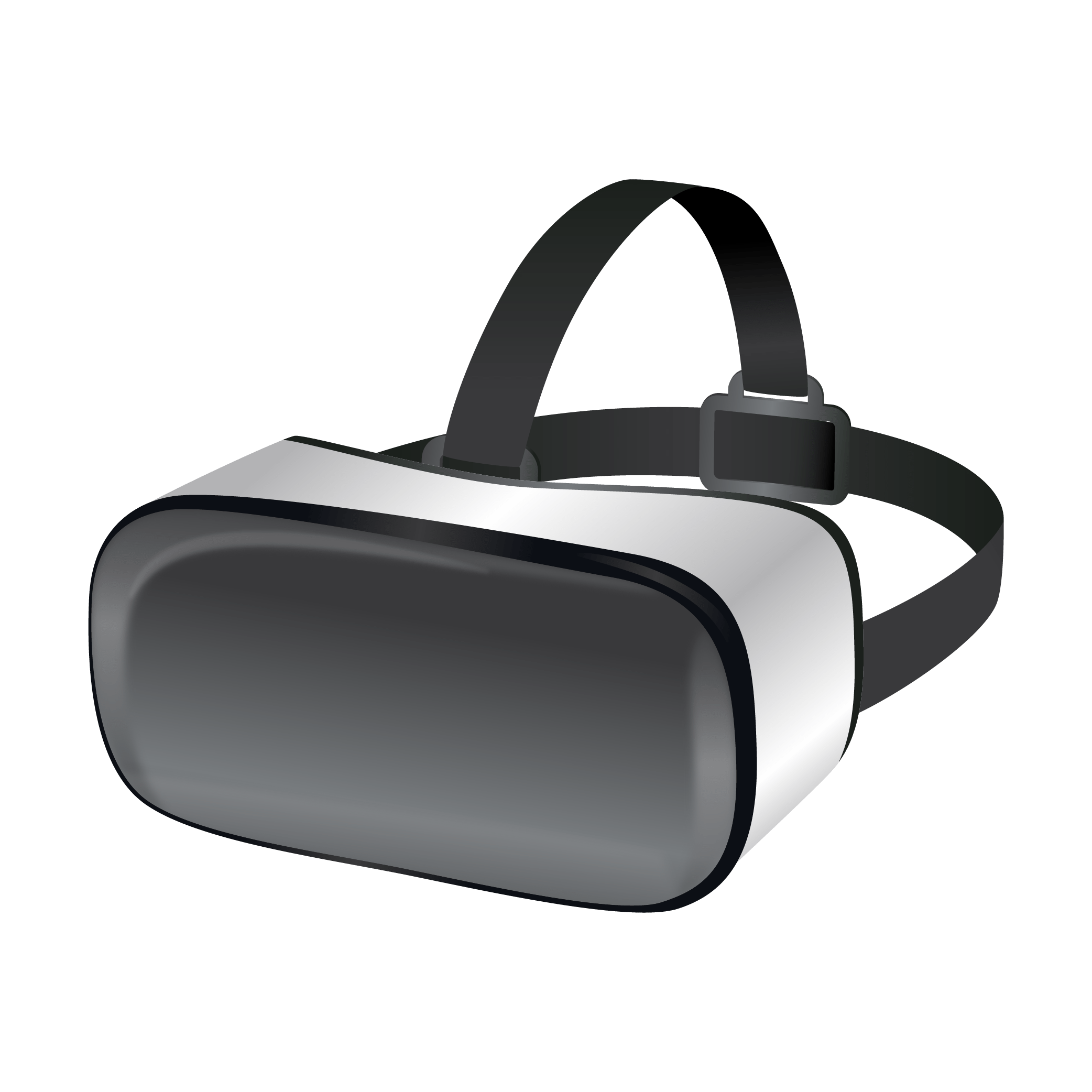
VR technology has seen a rise in commercial popularity over the pandemic, with advancements in:
How does VR work?
VR creates a completely digital world, based on real or fictional places, that users can interact with. This can be in a large group (such as a popular art exhibit that allows you to walk through Van Gogh’s paintings) or an individual experience.
The most popular way to experience VR is with individual headsets which can be bought commercially. The head-mounted device sets a small screen directly in front of the user’s eyes and allows them to experience the world through a ‘first person’ viewpoint. Normally, this is linked to handheld controllers that allow the user to physically engage with the virtual world. Headsets and other VR accessories come in a wide range of styles and prices.
What does it allow
When it comes to new and innovative technology, children and young people are a key marketing factor for most companies who want to create a lasting product. VR products have done this by focusing on two things: gaming and socialising.
Gaming
This is the most popular way that VR is used by children and young people today. Ofcom’s Media Use and Attitudes report found that one in 20 children use a VR headset to play games. VR allows the player to experience the game as if they are living it. The level of immersive gaming found in VR provides an escape into another world that is free of restrictions. It allows young people to have a full body experience. This makes VR more enticing than a standard video game – and gaming platforms have picked up on this attraction. Platforms like Roblox have begun to add built-in support for VR games, while gaming companies like PlayStation have released VR equipment and games alongside any new console updates.
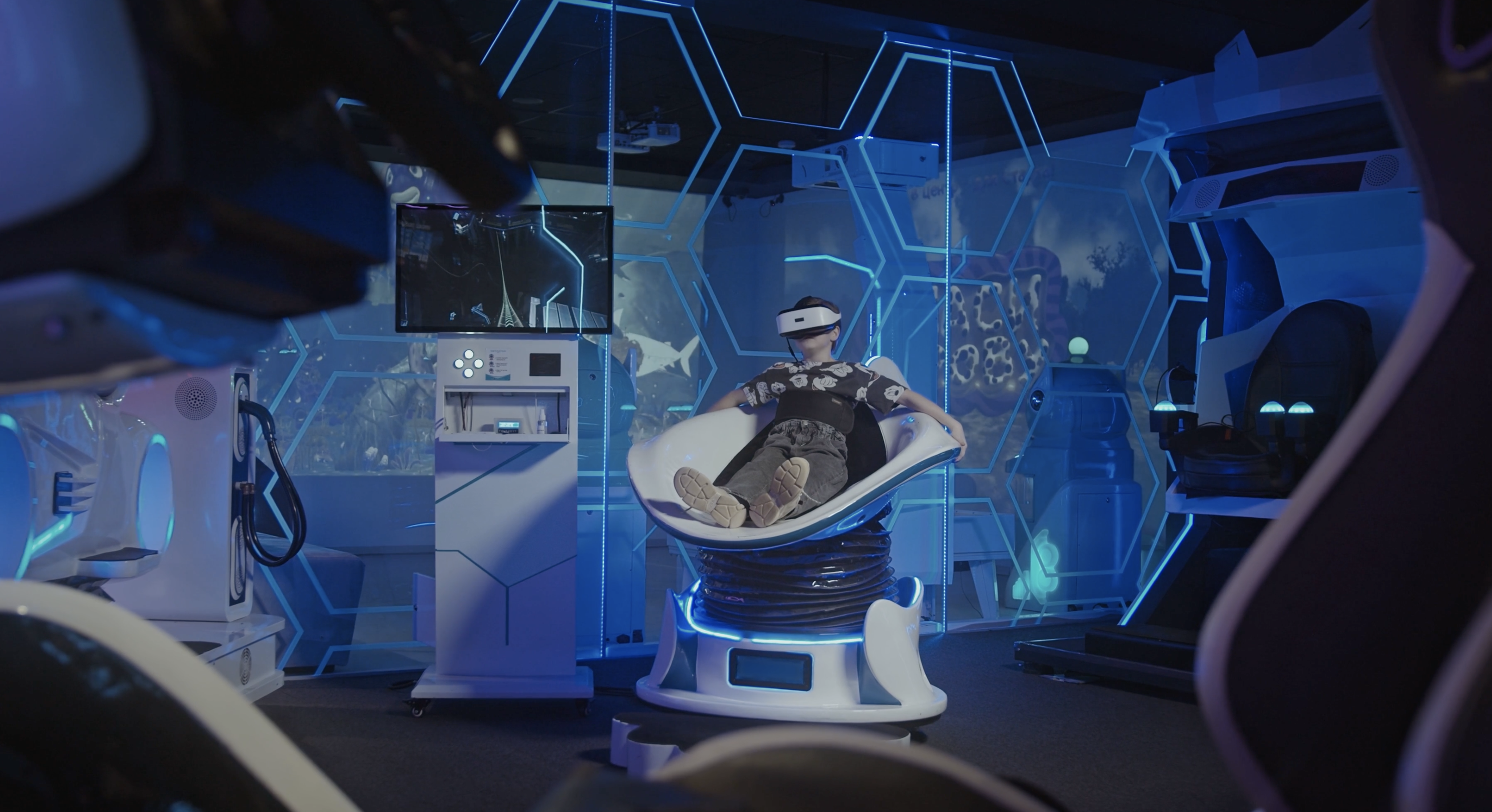
Socialising
Digital socialising is a normal part of social life for many children and young people. VR socialising takes this one step further by allowing you to interact with another person in a virtual space. This allows a young person to connect with their friends and experience things together virtually, without the stress and anxiety that can accompany in-person gatherings. It also lets them do things they would otherwise not get to do in real life. Platforms like VRChat allow users to visit worlds, play games, and complete activities with their friends. These platforms have also started to host special events like music concerts (such as Fortnite hosting an Ariana Grande concert in 2021 and Lady Gaga being rumoured to soon host a virtual concert on the platform).

Areas of Concern
Potential Risks
Join our Online Safeguarding Hub Newsletter Network
Members of our network receive weekly updates on the trends, risks and threats to children and young people online.


